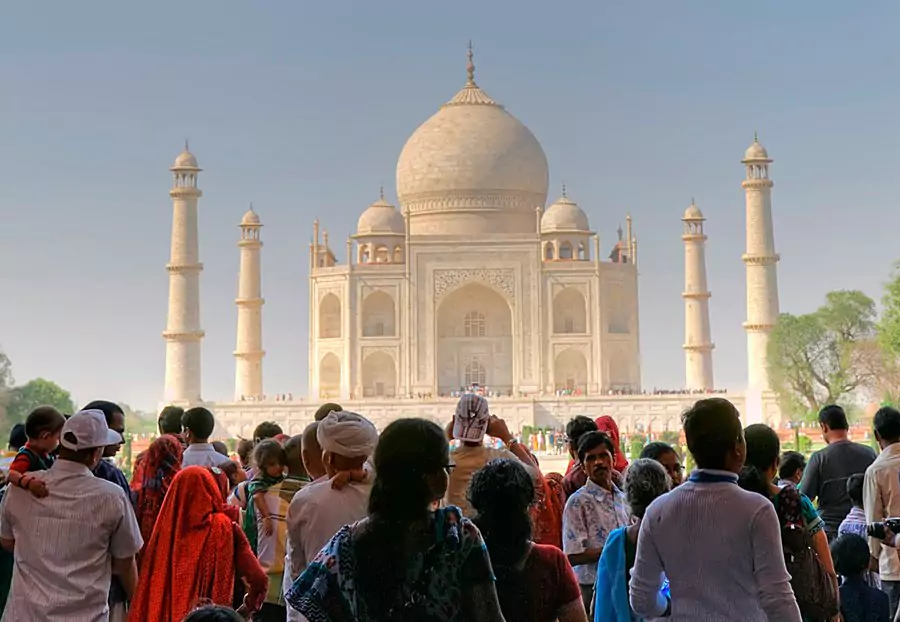
10 Amazing Facts About the Iconic Taj Mahal
1. A Monument of Love
The Taj Mahal was commissioned by Emperor Shah Jahan in 1632 to immortalize the memory of his wife Mumtaz Mahal, who passed away during childbirth. It is considered one of the most beautiful expressions of love ever created.
2. Incredible Architectural Design
The Taj Mahal combines Persian, Indian, and Islamic architectural styles, featuring intricate carvings, marble inlays, and stunning calligraphy. The exquisite symmetry of the structure enhances its mesmerizing beauty.
3. Color-Changing Marvel
The Taj Mahal’s appearance changes throughout the day, reflecting different shades based on sunlight. It appears pinkish at sunrise, dazzling white at noon, golden at sunset, and silver under moonlight.
4. A UNESCO World Heritage Site
Recognized as a UNESCO World Heritage Site in 1983, the Taj Mahal is admired worldwide for its cultural and historical significance. It is also one of the New Seven Wonders of the World.
5. Massive Workforce
Over 20,000 artisans and craftsmen worked tirelessly for over 20 years to complete the Taj Mahal. The monument’s construction required materials from all over India and Asia, showcasing its grandeur.
6. Expensive Construction
7. Myths Surrounding Its Creation
One popular myth is that Shah Jahan planned to build a black marble Taj Mahal on the opposite bank of the Yamuna River. Although this remains unproven, the tale continues to fascinate visitors.
8. Precious Stone Inlays
9. Ingenious Architectural Tricks
The minarets surrounding the Taj Mahal are slightly tilted outward to prevent them from collapsing on the main structure during an earthquake, showcasing the brilliance of its architects.
10. Protection and Preservation
The Taj Mahal is carefully maintained and protected by the Archaeological Survey of India to preserve its pristine beauty for future generations to admire.

